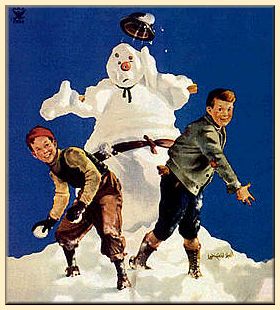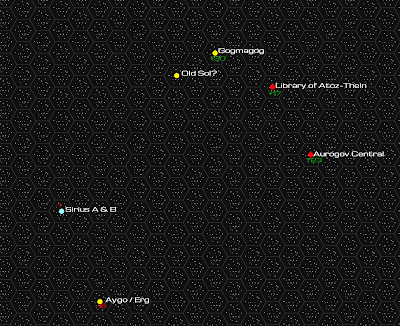Orichalcos is one of the richest worlds in the Strange Stars and certainly the preeminent economic power in the Coreward Reach. Thanks to a well-branched and "high bandwidth" hyperspace node, Orichalcos's spaceport sees visitors from across the known galaxy.
The Orichalcosans are a human subspecies, differing from baseline only in their metallic skin tones, ranging from a dusky brass color to a bright gold. There are two distinct populations of Orichalcosans: the aristocracy (called--ironically--the "Most High") who are dwarfs, and the commoners who have typical human height. The aristocrats and their retinues live in a series of domed habitats on the planet's surface. The environment of Orichalcos is inhospitable to human life, so the rest of the population lives in hundreds of orbital habitats encircling the world.
Other than official ceremonies, the aristocrats spend their time in leisure pursuits. Most play virtually no roll in administering whatever industrial or trade monopoly their title has granted them. Discussions of the business of making money is considered beneath their class, and leaving the Glitter Domes for any extended period risks seeing their social standing suffer. Maintaining a social media presence (often followed obsessively by the lower classes) both brings prestige and keeps interest in their businesses high.
The actually day to day operation of the businesses of Orichalcos is done by a class of capitalists known as the Optimates. Traditionally, this title was bestowed only on the CEOs of the various monopolies, but now is applied to the wealthiest business people, whatever their exact roll. The Optimates collect the profits from the various monopolies and support the aristocrats (technically their owners) with generous allowances. The rest of the money is theoretically to be held in a trust for the aristocrat, but clever accounting ensures most is reinvested or paid out in bonuses.
How much the classes beneath Optimate reap the rewards of Orichalcosan prosperity depends to a degree on the habitat they live in. However, as whole, Orichalcosans don't enjoy the degree of social support that similarly wealthy and advanced societies provide. Relative austerity and wealth inequality are seen as powerful motivating tools necessary to create future generations of successful Optimates.
Orichalcosan Characters: Have the same stats as regular humans.
54 minutes ago
























































